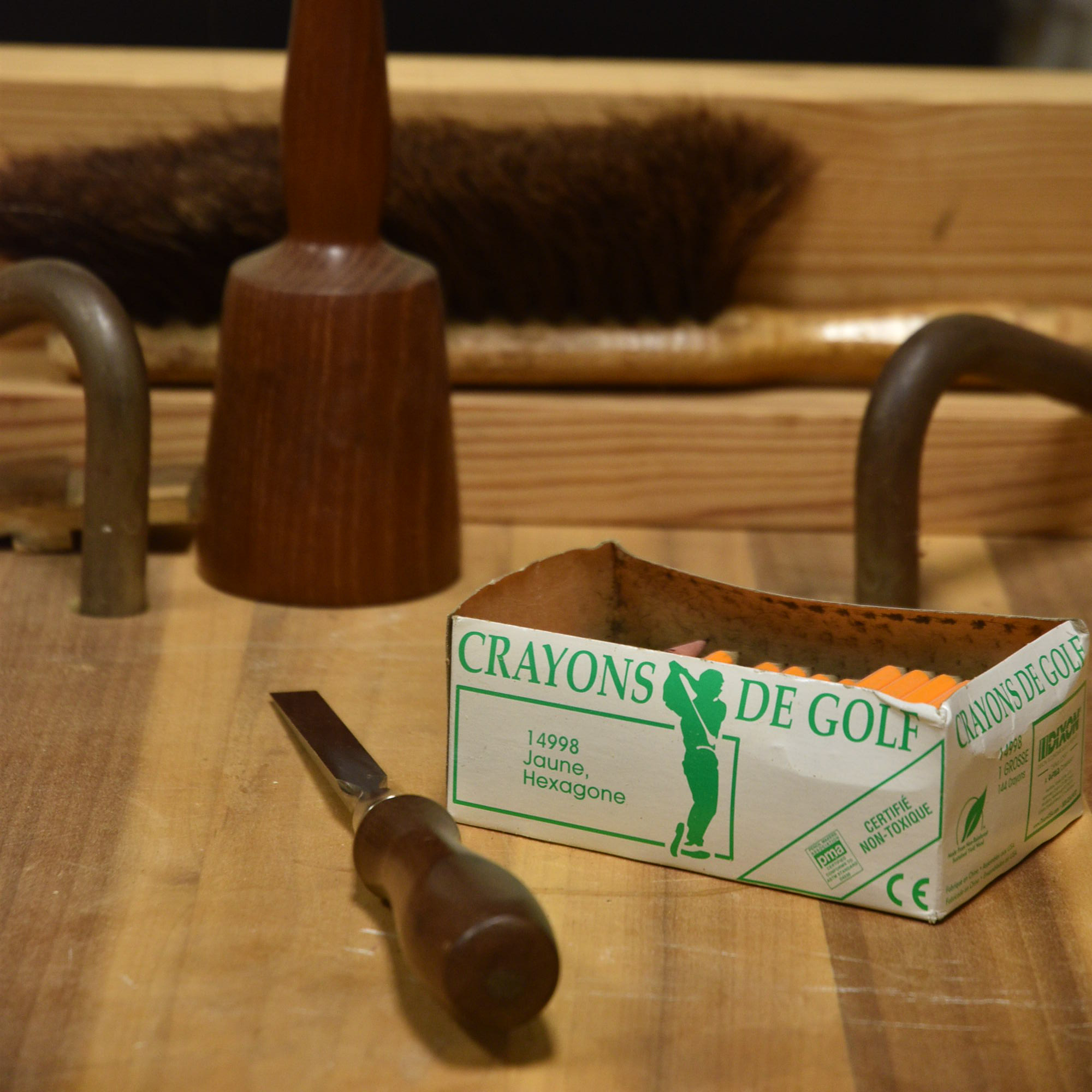Top Tips for Teaching Woodworking - Prepare but be Flixible - (4 of 12)
 Broad knowledge is as important as specialized for a teacher. Communication is the main activity of a good teacher and being able to communicate with the broadest background of population means you need a pretty broad background of knowledge. I will say a good general knowledge of physics is beneficial in teaching woodworking. Not because everyone out there is a physicist but because it will allow you to translate a lot of motions from one activity more relevant to the student into woodworking skills.
The reason you need this broad knowledge base is because your students have such a variety of backgrounds. If only you could schedule a class made up entirely of engineers, of moto-crossers, of gamers, or of knitters. Then you could have a consistent knowledge of interest baseline among your students to draw upon. Ahh… a teachers dream class…
Broad knowledge is as important as specialized for a teacher. Communication is the main activity of a good teacher and being able to communicate with the broadest background of population means you need a pretty broad background of knowledge. I will say a good general knowledge of physics is beneficial in teaching woodworking. Not because everyone out there is a physicist but because it will allow you to translate a lot of motions from one activity more relevant to the student into woodworking skills.
The reason you need this broad knowledge base is because your students have such a variety of backgrounds. If only you could schedule a class made up entirely of engineers, of moto-crossers, of gamers, or of knitters. Then you could have a consistent knowledge of interest baseline among your students to draw upon. Ahh… a teachers dream class…
Wake up, that’s never gonna happen.
Part of your prep for class is figuring out multiple ways of explaining the same thing. Repeating the same words over and over to a person not grasping a concept is like shouting English in Borneo thinking the volume will communicate meaning. It’s not the responsibility of the natives to understand the interlopers. It’s your responsibility as teacher to make sure you’re understood by the students.
So if in your conversations you learn one student has an interest in golf then having a general knowledge of the sport would be useful. So if you don’t have it, get it. You don’t need to be an expert but having a basic understanding of putters, irons, woods, and balls can translate to analogies explaining smooth, fore, and jointer planes or body mechanic requirements of different saws, or tracking while cutting miters by hand.
So besides working to bring back crafts let us all root for a resurgence in Liberal Arts Degrees! Woodworkers need ‘em.
